The Quarrymen & The Birth of The Beatles
Music that shakes the world has the potential to live forever. The 1960s was surely an era that gave birth to such icons and idols. Arguably, one of the most famous in music history would have to be The Beatles and the earthquake the whole world felt from their musical influence.
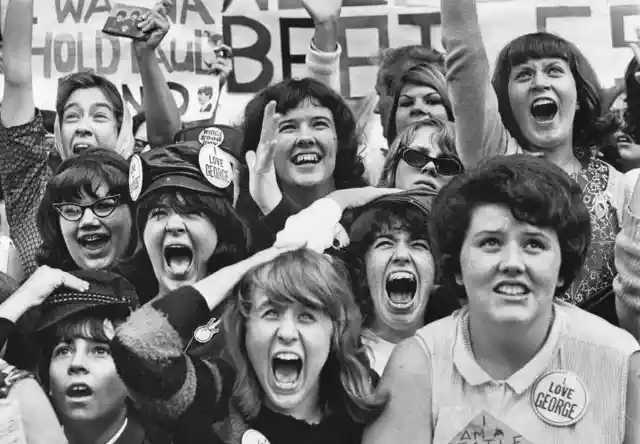
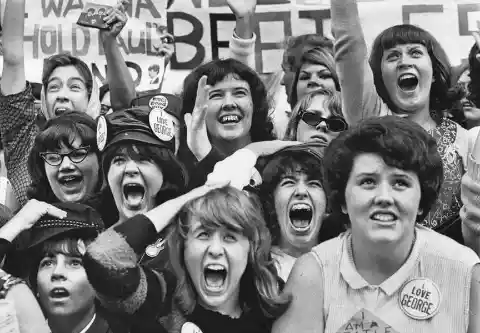
The band as we know it today began their own journeys on completely separate paths, with music being the undertone that connected them all together. In 1957, Paul McCartney was invited to a concert venue in Liverpool, England to see a band called The Quarrymen perform. The band featured a young John Lennon who was introduced to McCartney at the end of the set and within a few days, McCartney was a Quarryman. About a year later, Paul asked George Harrison, who was only 15 years old at the time, to join the band as the lead guitarist.
Continuing to gain more fame all throughout Great Britain, The Quarrymen played at every single spare gig they could muster. By 1960, the band decided to change their name to The Beatles and by 1962 the band replaced drummer, Pete Best, for Ringo Starr. Little did they expect what would transpire in the next few years.
A Man Who Didn’t Stop Believing
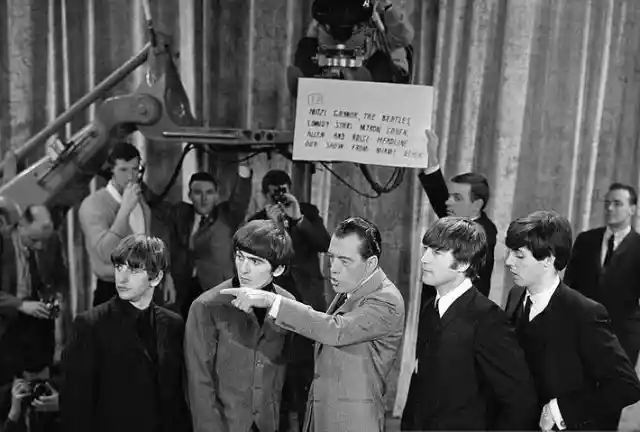
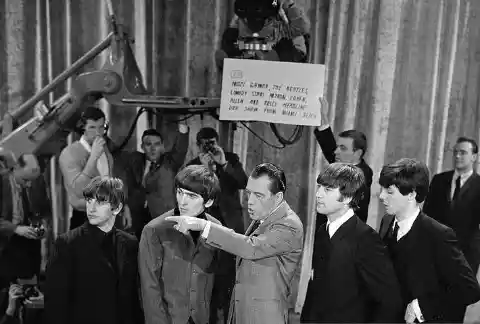
Who would have thought a man with no experience in artist management could catalyze an international sensation out of a British leather-jacket-and-jean rock n’ roll band? That man was Brian Epstein, The Beatles’ manager throughout the sixties. He was the person who encouraged the band members to wear suits and ties, and even insisted that they stop smoking, drinking, and swearing on stage. He can also be credited for the famous synchronized bow at the end of their performances.
Securing airplay, booking concert venues, and negotiating record contracts from Liverpool to London, Epstein was convincing everyone he met that The Beatles would be an international sensation. He never stopped pushing the band to be more than it was.
Ed Sullivan Show Exposure
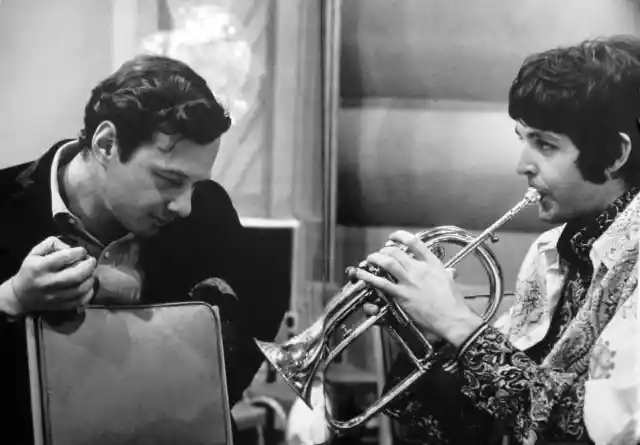

Inevitably branching much further, attention started to really be placed on The Beatles. Ed Sullivan contacted Brian Epstein after he saw The Beatles’ plane surrounded by crowds of screaming young women at a London airport. He then requested The Beatles to play on his program The Ed Sullivan Show in the USA.
1964 marks the year that The Beatles landed in America. Their touch-down in the States had them greeted by a mob of 3,000 fans who were awaiting their arrival. They later had a concert on The Ed Sullivan Show where 70 million people tuned in and fell head over heels for The Beatles. On their last day of their trip, they met famous boxer, Cassius Clay, aka Muhammed Ali before his fight. Millions of singles were sold in just those few days as they ventured through the States.
Beatlemania

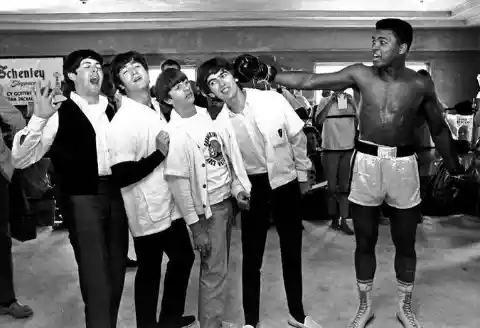
We’ve all heard of the phenomenon that took the world by storm and left a wake of overjoyed screaming women at every airport, bus station, and concert venue The Beatles appeared. Yes, Beatlemania. Though many do not know that Beatlemania began a year before they ever arrived on American soil.
In 1963, The Beatles appeared on Sunday Night at the London Palladium, the highest-rated entertainment program in Britain, equivalent to the USA’s The Ed Sullivan Show. Over 15 million people watched as these young boys took the stage. Over the weeks that followed, they started a fire that no one could put out nor did they really want to. Fans were blocking traffic, selling out venues, and mobbing the band members wherever they were.
Mass Hysteria & Mental Health
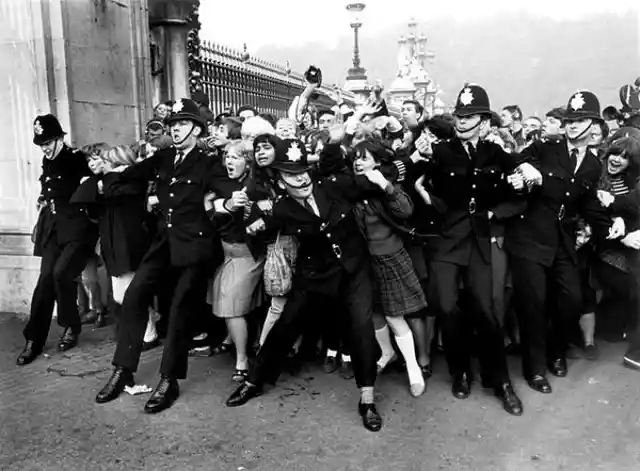
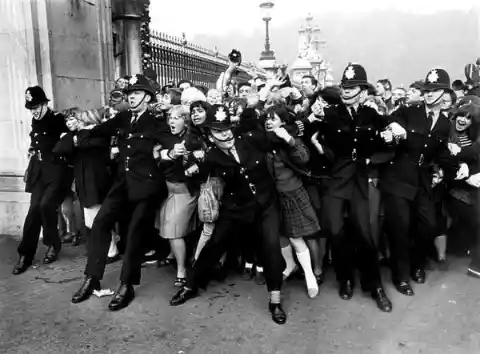
Hysteria multiplied further after 1964, causing Beatlemania to be controversially viewed by fans and psychiatrists. Many of these “professionals” became so shocked that studies of the fans in the audience were being done in both America and Australia.
Crowd behavior was acutely observed, and psychometric testing was done on target groups when reacting to what the band would say and the gestures they would make. It’s interesting to think that Beatlemania almost went down in history as a form of mental illness.